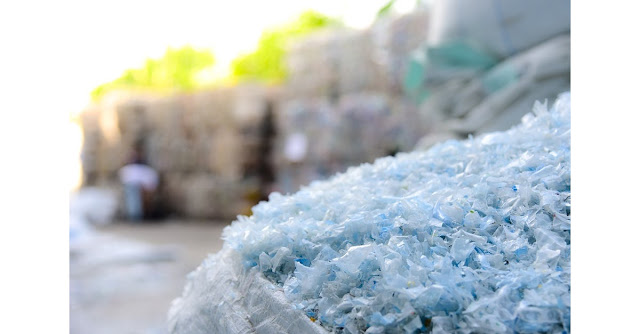What Is Post-Consumer Waste and why it is Important
Post-consumer waste. It is a term you may have heard used,
but do you know what it means?
Is it waste from households? Is it waste from industries?
How should you dispose of it? What is its environmental impact? Waste, when not
properly disposed of, can be extremely harmful to the environment.
What is Post-Consumer Waste?
Post-consumer waste (PCW) is waste that is left over after
it has served its original purpose as a consumer item, such as polyethylene
used for food or product packaging. The large amount of household waste
produced daily from food, drinks and product packaging is post-consumer waste
and, if not dealt with properly, could cause major damage to the environment.
Post-consumer waste is either recycled, sent to landfill, or
incinerated, with the latter two being very harmful to the planet. This is due
to the harmful gases and toxins that are released into the atmosphere when PCW
is disposed of via these processes. Hence why recycling PCW packaging,
including PCW polyethylene and packaging, is vital.
What is Pre-Consumer Waste?
Pre-consumer waste is waste that is generated by
manufacturers and industries, prior to it reaching the consumer. This can
include discarded trimmings and faulty, defective items, including polyethylene
discarded at an early stage of a manufacturing process, through to packaging
used during transportation such as pallet wrap. It can also include general
waste generated by restaurants, shops, and factories (as opposed to
post-consumer waste which is household waste).
Due to the larger scale of pre-consumer waste, it needs to
be discarded properly, such as in dumpsters or special collection bins, however
a lot of it is not recovered, with it ending up in landfill or being
incinerated, leading to the same environmental issues as post-consumer waste.
As well as recycling, pre-consumer waste can also be saved
from this fate through its reintroduction into the manufacturing process. That
is, being reused by the manufacturer for some other purpose, or being
manipulated in some other way for reuse in the process.
What is Post-Consumer Recycled (PCR) Plastics?
Post-consumer recycled (PCR) plastic is material that has
been produced from post-consumer waste polyethylene.
The PCW polyethene is recovered and melted down, ground up
or shredded to produce small plastic pellets. These pellets can be molded into
new items or turned into plastic film.
Post-consumer recycled plastics are the plastic products
created from this recycled post-consumer waste polyethylene.
PCR packaging helps reduce the impact of post-consumer waste
on the environment, reducing the amount of PCW in landfill, plus it reduces the
amount of new plastic required to be produced to meet demand.
How to do Your Part? At
Quick Pak Inc we are enthusiastic about doing our small part for the
environment, and we have expert knowledge around what eco-friendly packaging
options are available and can provide advice on how you can improve your
packaging to reduce your environmental impact.
Call us today at 813 242 6995 or sales@quickpakinc.com to discuss the
different alternatives available to you.




Comments
Post a Comment